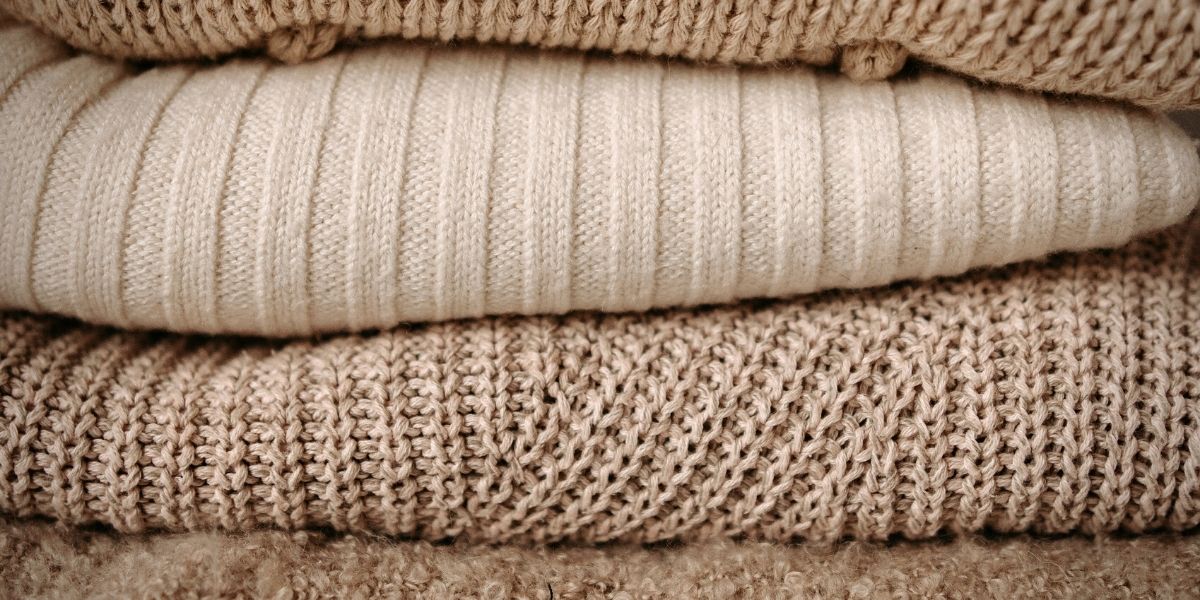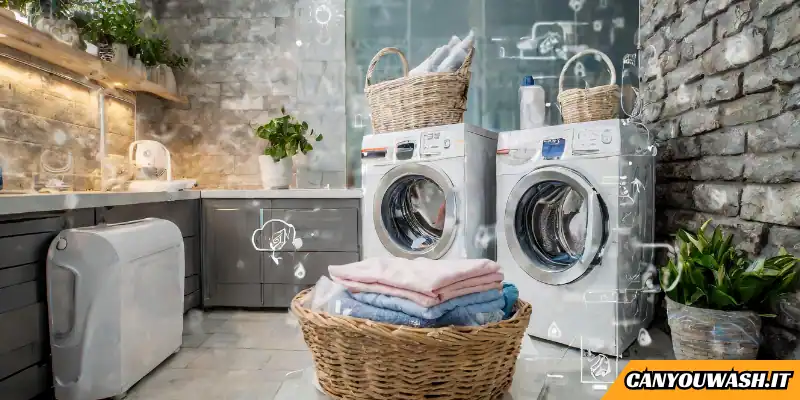No, if a blanket specifically states “spot clean only,” it is generally recommended to follow those instructions to avoid damaging the fabric or any special treatments applied to it.
Spot cleaning involves targeting specific areas of the blanket that require cleaning rather than washing the entire blanket. This method is typically suitable for removing small stains or spills.
However, if you still wish to wash the blanket despite the spot clean only label, it’s important to proceed with caution as there is a risk of damaging the fabric or altering its appearance. Here are some general guidelines to consider:
- Check the fabric type: Determine the material of the blanket, as certain fabrics are more delicate and prone to damage when washed. Follow the specific care instructions for that fabric type.
- Test a small area: Before washing the entire blanket, test a small inconspicuous area with a mild detergent and water to see how the fabric reacts. If there are no adverse effects, proceed with caution.
- Use gentle cycle and mild detergent: If you decide to wash the blanket, opt for a gentle cycle on your washing machine using cold water. Use a mild detergent specifically designed for delicate fabrics.
- Avoid harsh treatments: Do not use bleach, strong chemicals, or harsh scrubbing methods on the blanket, as these can damage the fabric.
- Hand washing: If you’re concerned about machine washing, you can consider hand washing the blanket in a basin or bathtub using a gentle detergent. Gently agitate the blanket and avoid wringing or twisting it.
- Air dry: Once washed, lay the blanket flat to air dry or hang it up to prevent any potential shrinkage or distortion that may occur from heat.
Please note that these guidelines are general, and it’s always best to refer to the specific instructions provided by the manufacturer or seek professional advice if you’re uncertain. Respecting the “spot clean only” instructions is the safest way to maintain the blanket’s quality and prolong its lifespan.
FAQs
Q1: Can I wash a blanket that says “spot clean only”?
A1: It is generally recommended to follow the “spot clean only” instructions to avoid damaging the fabric or any special treatments applied to the blanket.
Q2: What does “spot clean only” mean?
A2: “Spot clean only” means that you should only clean specific areas of the blanket that require cleaning, rather than washing the entire blanket.
Q3: Why does the blanket have a “spot clean only” label?
A3: The label indicates that the fabric or the special treatments applied to the blanket may not withstand regular washing and could be damaged or altered in appearance.
Q4: What happens if I ignore the “spot clean only” instructions?
A4: Ignoring the “spot clean only” instructions can lead to damage to the fabric, loss of color or texture, or other adverse effects on the blanket.
Q5: How do I spot clean a blanket?
A5: Spot cleaning involves targeting specific areas of the blanket that require cleaning. Gently blot the stain or spot with a clean cloth or sponge dampened with a mild detergent and water solution. Avoid rubbing vigorously to prevent spreading the stain.
Q6: What cleaning products should I use for spot cleaning?
A6: It’s recommended to use a mild detergent specifically designed for delicate fabrics. Avoid using bleach, strong chemicals, or harsh scrubbing methods.
Q7: Can I use water to spot clean the blanket?
A7: Yes, you can use water in combination with a mild detergent for spot cleaning, but make sure not to oversaturate the fabric.
Q8: What should I do if the stain on the blanket is stubborn and doesn’t come out with spot cleaning?
A8: If spot cleaning doesn’t remove the stain, it’s best to consult a professional cleaner who specializes in delicate fabrics or follow any additional care instructions provided by the manufacturer.
Q9: Are there any alternative methods to spot clean the blanket?
A9: Alternative methods may include using specialized fabric cleaners or seeking professional dry cleaning services. However, it’s important to consider the specific fabric and any additional instructions provided.
Q10: Can I use a washing machine to clean the blanket despite the label?
A10: It is not recommended to use a washing machine if the blanket is labeled “spot clean only.” Machine washing may cause damage to the fabric or alter its appearance.
Q11: What are the risks of machine washing a blanket labeled “spot clean only”?
A11: Machine washing can lead to shrinkage, distortion, color bleeding, or other damage to the fabric, especially if it is delicate or has special treatments.
Q12: Can I hand wash the blanket instead of spot cleaning?
A12: Hand washing may be an alternative if you are careful. Use a gentle detergent, cold water, and avoid wringing or twisting the blanket. Gently agitate and rinse it, then air dry flat or hang it up.
Q13: How should I dry the blanket after spot cleaning?
A13: After spot cleaning, it’s best to air dry the blanket by laying it flat or hanging it up to prevent potential shrinkage or distortion.
Q14: Will spot cleaning affect the appearance or texture of the blanket?
A14: Spot cleaning should not significantly affect the appearance or texture of the blanket if done correctly. However, it’s essential to avoid excessive rubbing or using harsh chemicals that may cause damage.
Q15: Can I use bleach or other harsh chemicals for spot cleaning?
A15: No, it’s best to avoid bleach or harsh chemicals when spot cleaning
Final thoughts 💭
When a blanket is labeled “spot clean only,” it means that you should only clean specific areas that require attention rather than washing the entire blanket. Following these instructions helps to prevent damage to the fabric and maintain any special treatments applied to the blanket.
Spot cleaning involves gently addressing stains or spots using a mild detergent and water solution. While it’s important to respect the label’s instructions, if you choose to wash the blanket despite the label, proceed with caution, considering the fabric type and using gentle methods. However, seeking professional advice or adhering to the manufacturer’s instructions is always the safest approach.





Leave a Reply